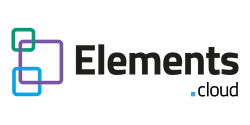[READ TIME: 2 mins]
I find myself writing articles where each time I have to explain the power of a simple modeling notation. No swimlanes. No flowchart symbols. No palette of 300 BPMN shapes to interpret.
Just a simple building block (When, What, Why, Who, How)

The principles behind UPN were first published in back in 2004 in a book called Common Approach UnCommon Results. Nimbus released this as an open standard in 2008 called UPN (Universal Process Notation). This has been updated by TIBCO after the acquisition of Nimbus and the latest copy of UPN is available here. (or you can read it at the bottom of this post)
The power of UPN is its simplicity because:
- Any end user, no matter what level of seniority, background or discipline can understand it. It is lingua-franca for process.
- Diagrams are tighter* so that they fit onto a single screen (laptop/tablet) which means they can be accessed at point of need.
- It is not proprietary to the TIBCO Nimbus tool. Elements and many of the process mapping tools and even the diagramming tools like Powerpoint and Visio can be used to develop UPN diagrams. Clearly Elements has been designed to be the best (and cheapest) UPN drawing experience.
*take any process drawn using flowcharting, swimlanes or BPMN notation and a UPN diagram will be smaller. Fact. Jim Boots in his book “Boots on the ground”, which chronicles his experiences of running the BPM program at Chevron, wrote a chapter with a worked example to demonstrate the point.
Here is a typical top level process digram, and below it a lower level “drill down” using the UPN approach.





